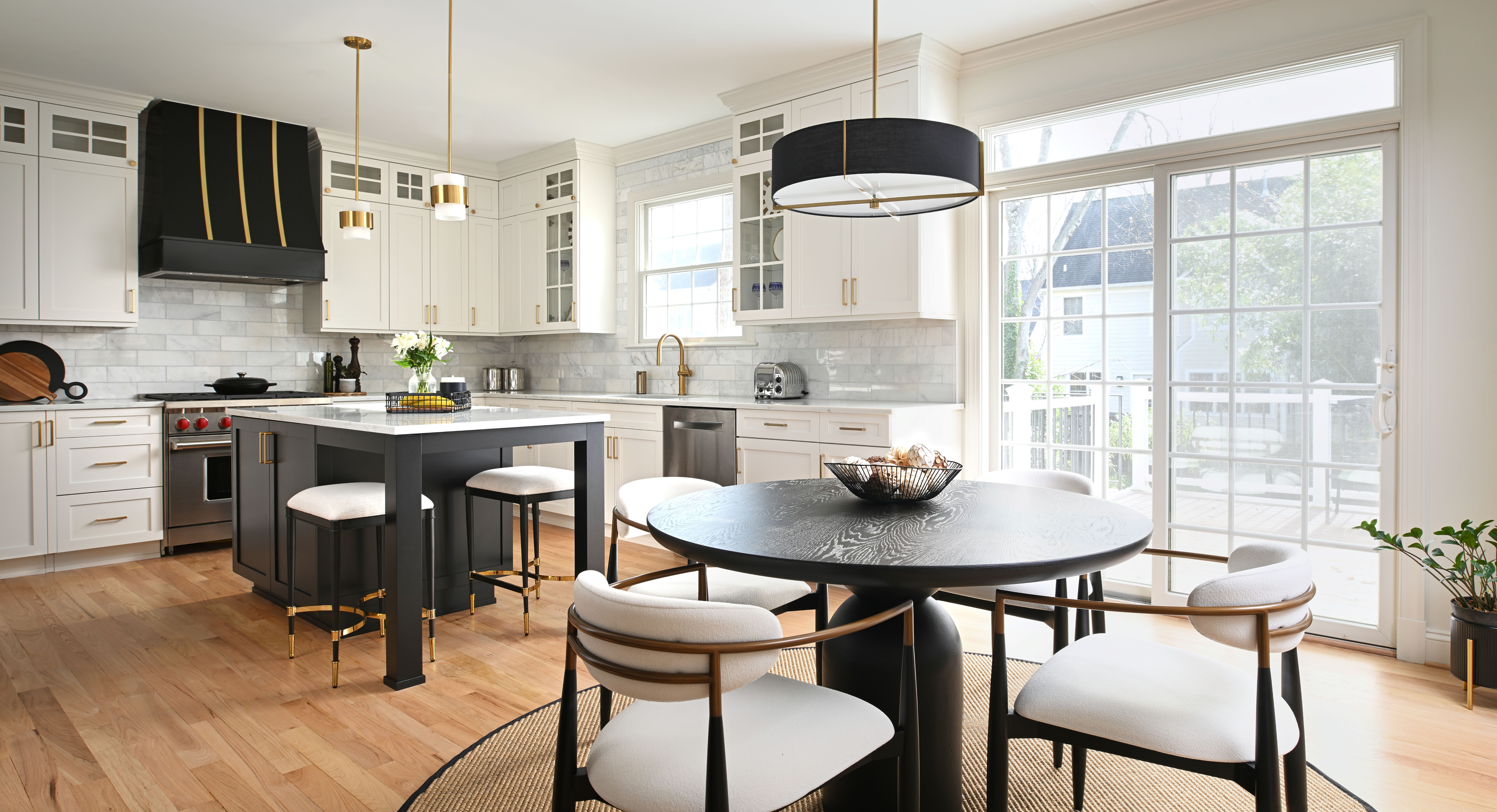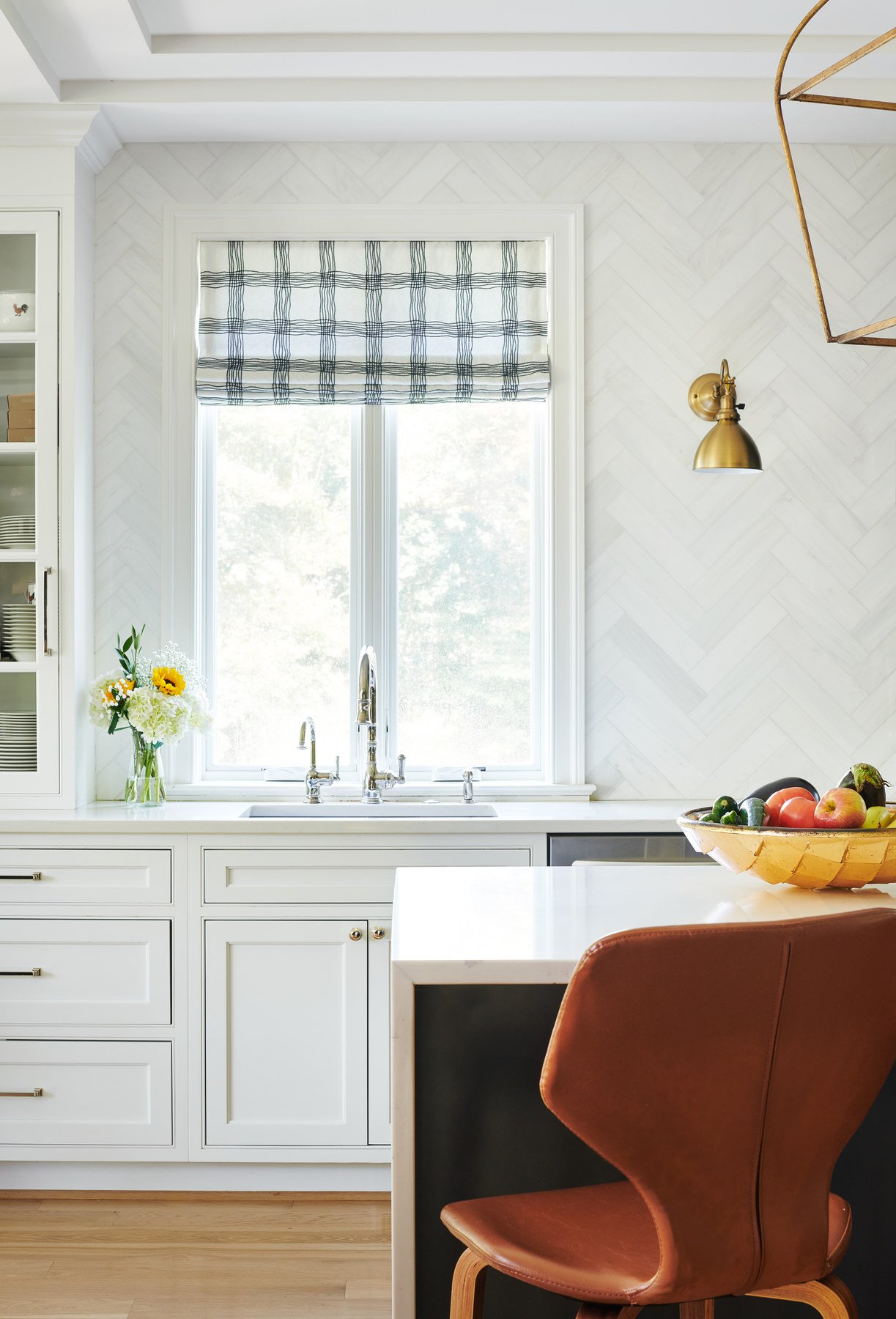Kitchens
Washington DC Kitchen Remodeling
Often the hub of the house, nowhere is the marriage of form and function more important than in the kitchen. A well-executed kitchen remodeling project can seamlessly modernize and update a home, regardless of size, style, or when it was built. The kitchen should reflect the homeowner's needs and priorities. Complex meal prep? Room to entertain? A breakfast reading nook? Having a kitchen that matches one's lifestyle, aesthetic taste and cooking needs is essential for any homeowner.






















